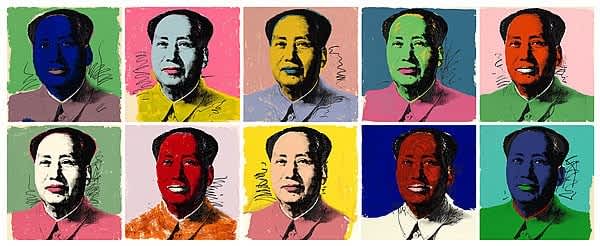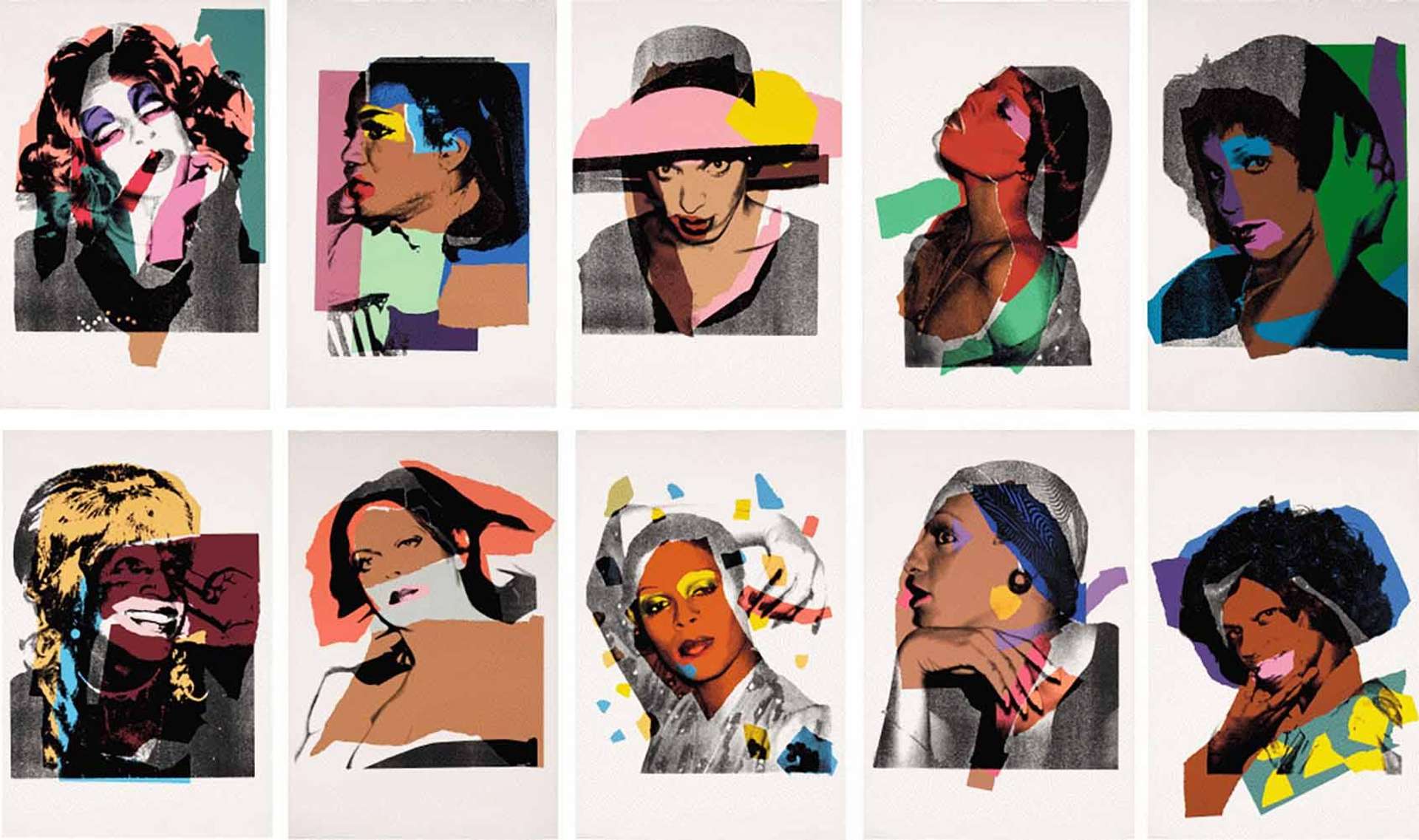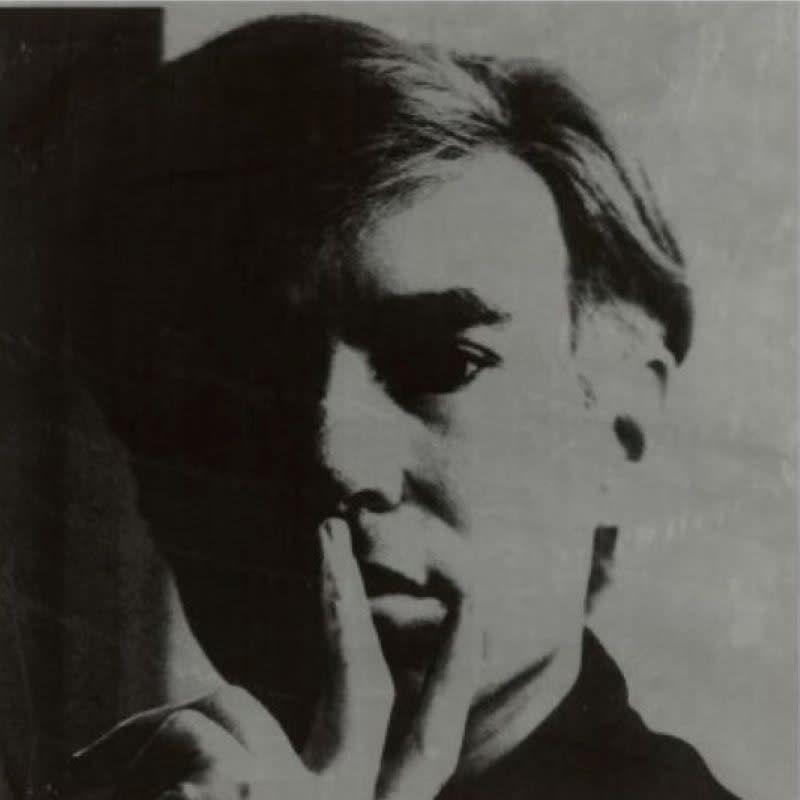Warhol's Affinity for Screen-Printing
In 1962, Andy Warhol embraced photographic screen-printing, a process that allowed him to effortlessly reproduce the imagery of mass media and popular culture. While he did not invent screen-printing, he developed a unique method that blended hand-painted stencils with photographs, resulting in instantly recognizable artworks bearing his unmistakable style. His screen-printed pieces covered a wide range of subjects, from celebrities and political figures to self-portraits, each revealing his enduring fascination with fame. Discover more about screenprinting in our guide to screenprinting.
Celebrity Portraits
Warhol's obsession with popular culture and fame drove him to create a multitude of screen-printed portraits of celebrities. Experimenting with vibrant colours and repetition, he challenged traditional notions of art by embracing seriality. This repetition also exposed the darker side of Pop Art, highlighting the emotional detachment and loss of identity amidst mass consumption. These portraits, such as those of Elvis Presley, Elizabeth Taylor, Jackie Kennedy, and Marilyn Monroe, became iconic representations of popular culture.

Expanding His Horizons
As Warhol's career progressed, he ventured into commissioned portraits, starting with Ethel Scull in 1963. This shift allowed his private portrait-painting business to thrive, supporting his ambitious projects and sustaining his renowned studio, The Factory. In the early 1980s, Warhol was producing portraits for numerous clients, charging substantial fees for his work. His society portraits reinforced his own persona as a "machine" while perpetuating his fascination with fame. Warhol's process involved using Polaroid photographs as references, creating a bridge between art and society while emphasising the transience of fame and appearances. He also extended his creative talents to pet portraits, reflecting his love for animals.
Honouring Fellow Artists
Beyond commissioned portraits, Warhol paid tribute to artists he admired, like Dadaist Man Ray and close friends such as Jean-Michel Basquiat and Yves Saint-Laurent.

Portrait Series
Warhol's interest in fame led him to produce portrait series. He painted notable figures like Mao Zedong and Lenin, blurring the lines between celebrity and political agenda. These series included "Ten Portraits of Jews of the Twentieth Century," "Reigning Queens Queen Elizabeth," and "Athletes," all revolving around the themes of fame and celebrity.

Ladies and Gentlemen
One of Warhol's poignant series, "Ladies and Gentlemen," shed light on the marginalised drag queen community in lower Manhattan. Commissioned in 1974, it featured over 100 portraits, including those of local drag queen Wilhelmina Ross. Warhol's exploration of this subject matter expanded his artistic horizons and embraced subcultures.

Self-Portraits
Andy Warhol's self-portraits are as captivating as his other works. Throughout his life, he meticulously crafted his public image through self-portraits, from early photo-booth-style shots to his haunting "Self-Portrait with Fright Wig" shortly before his untimely death. These self-portraits encapsulated his journey from self-consciousness to a man grappling with the inevitability of mortality, all the while maintaining his obsession with fame and legacy.

Explore our Andy Warhol paintings for sale or contact Andipa Editions via sales@andipa.com or call +44 (0)20 7589 2371 to buy Andy Warhol prints.
